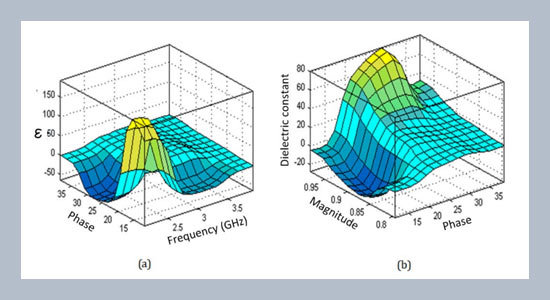Ojo Adedayo1*, Moses Onibonoje1, Maryam Isa2 1 Department of Electrical Electronic and Computer Engineering, College of Engineering, Afe Babalola University Ado Ekiti, Ekiti State, Nigeria
2 Department of Electrical and Electronic Engineering, Universiti Putra Malaysia, Serdang Selangor, Malaysia
Download Citation:
|
Download PDF
This paper presents an intelligent means of addressing characterization and grading problems in the oil palm industry for the purpose of quality control. A Layer-Sensitivity Based Artificial Neural Network (LSB_ANN) which updates its layer weights based on sensitivity analysis was designed to predict the oil content and dielectric constant of mature oil palm fruitlets. The LSB_ANN was designed, optimized and trained with 604 data points obtained from laboratory microwave coaxial sensor measurements within 2-4 GHz. The performance evaluation of the model when tested with a separate set of data showed that the properties of the fruitlets were accurately modeled. To further investigate the generalization ability of the trained neural network, three other neural network training algorithms were deployed for the same dataset. A multi-criteria evaluation of the performances of the networks showed that the proposed LSB_ANN outperformed the other three in generalization accuracy, time and computing resources. The LSB_ANN therefore represents a handy tool for rapid and intelligent characterization of oil palm fruitlets for quality control and research purposes.ABSTRACT
Keywords:
Open-ended coaxial sensor, Sensitivity analysis, Artificial neural network, Training algorithms, Dielectric properties, Oil palm fruitlets.
Share this article with your colleagues
REFERENCES
ARTICLE INFORMATION
Received:
2019-02-26
Accepted:
2020-12-24
Available Online:
2021-03-01
Ojo A., Onibonoje, M., Isa, M. 2021. A layer-sensitivity based artificial neural network for characterization of oil palm fruitlets. International Journal of Applied Science and Engineering, 18, 2019013. https://doi.org/10.6703/IJASE.202103_18(1).011
Cite this article:
Copyright The Author(s). This is an open access article distributed under the terms of the Creative Commons Attribution License (CC BY 4.0), which permits unrestricted use, distribution, and reproduction in any medium, provided the original author and source are cited.






